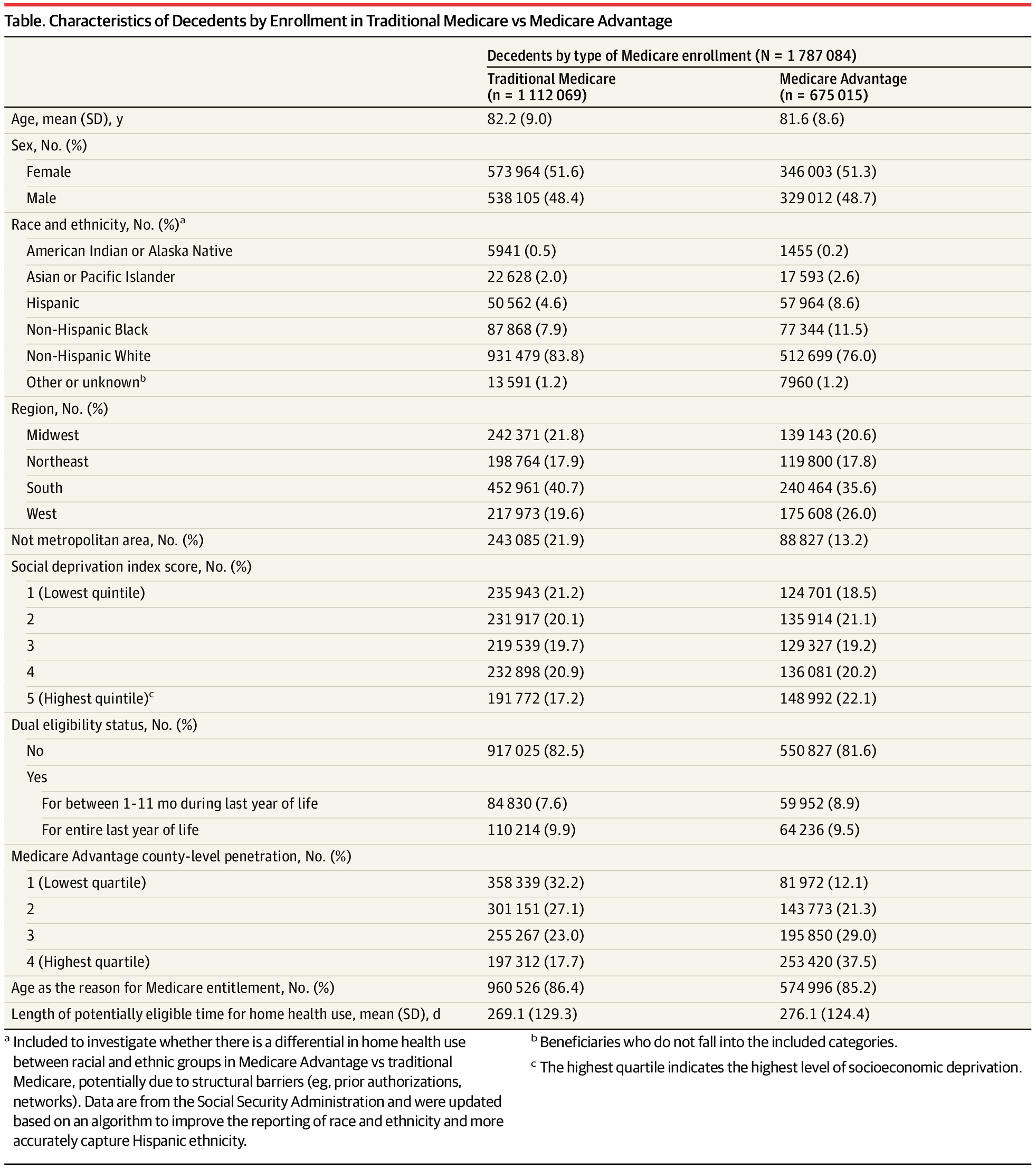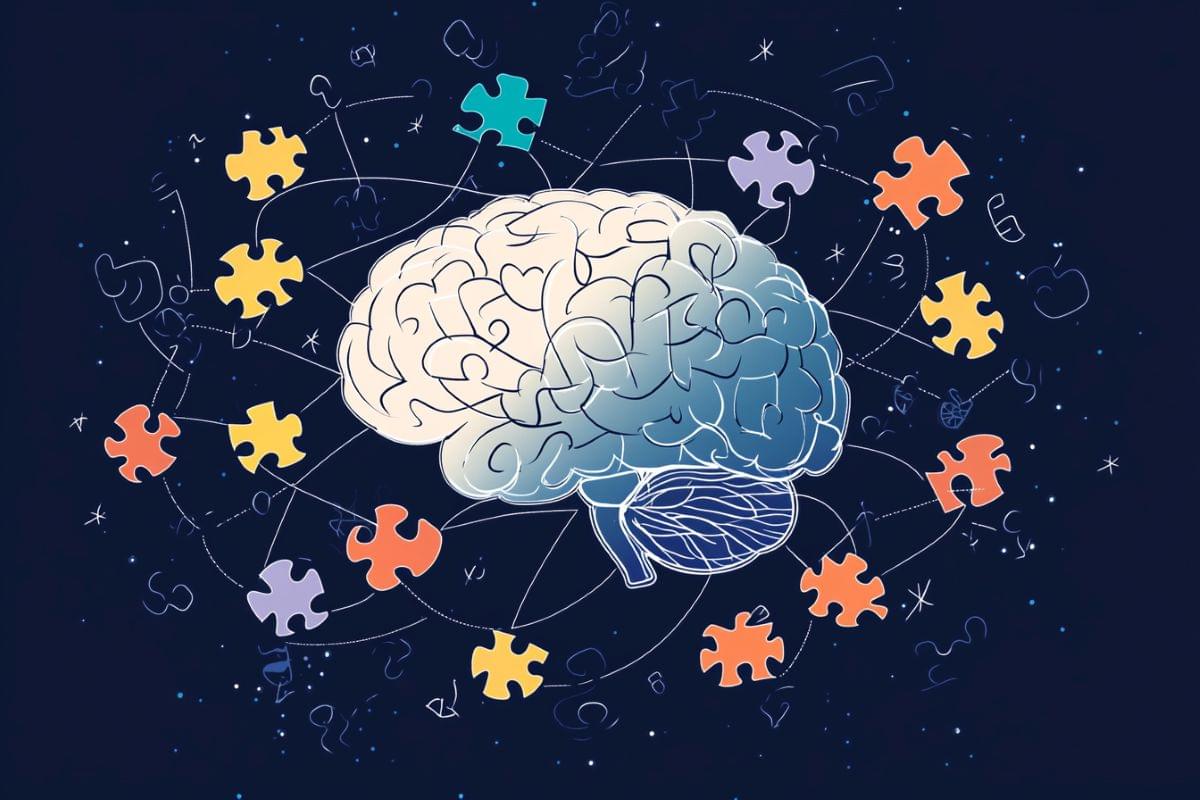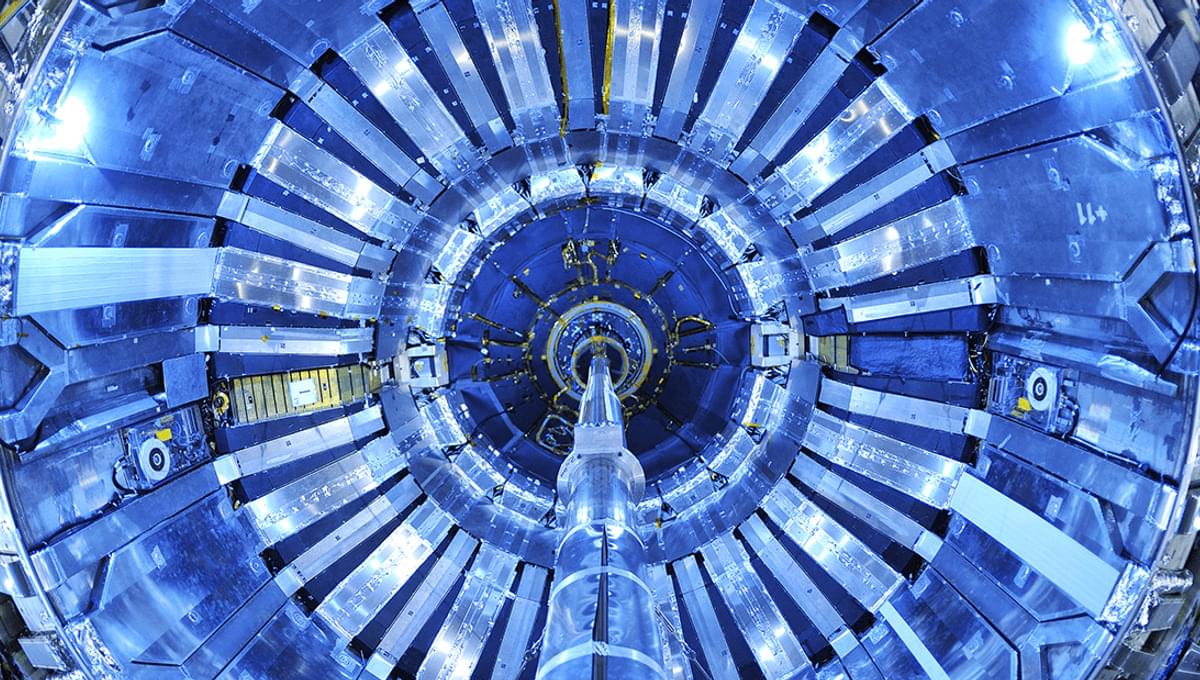While the number of smokers in the world as a proportion of the population is dropping, lung cancer continues to cause almost 2 million deaths per year – and new research reports on a concerning rise in cases among people who’ve never lit up a cigarette.
The international team behind the research found that rates of lung cancer in this group of people could be tied to increasing levels of pollution and the subsequent damage to health, with east Asia, particularly China, the worst affected.
“As lung cancer is the leading cancer worldwide, a comprehensive understanding of the changing epidemiological patterns and their potential causes is essential,” write the researchers in their published paper.





